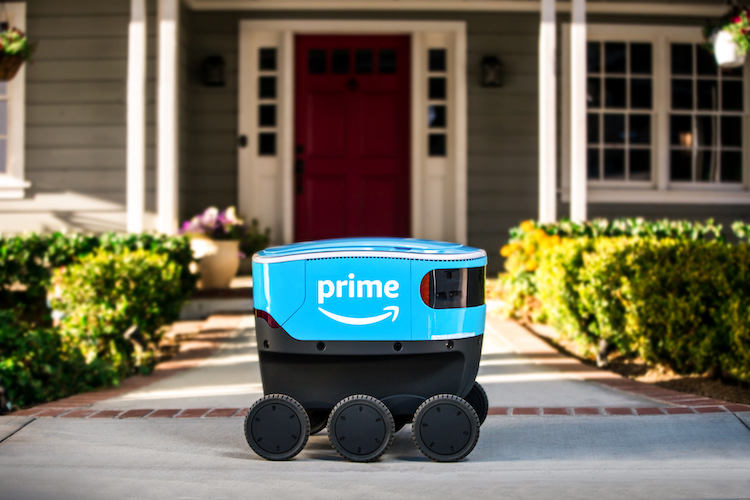
Robotic last-mile deliveries to generate almost $50 billion in revenue by 2030
Robotic last-mile deliveries are forecast to generate almost $50 billion in revenue by 2030, according to a new report by Lux Research.
Automated parcel delivery technologies, such as small mobile delivery robots, are growing due to the rise in consumer demand for faster deliveries.
The rise in e-commerce is fueling rapid growth in parcel delivery volumes, a market expected to grow to $665 billion by 2030. Consumers are increasingly expecting parcels to be delivered quickly.
This demand is driving companies to explore using automated delivery technologies to cover the last leg of the delivery journey.
Lux Research’s new report, Automating the Last Mile, predicts that automated last-mile deliveries will generate up to $48.4 billion in revenue by 2030, even though automated deliveries will only address 20 percent of all parcel deliveries.
Lux forecasts that the market for parcel delivery will grow from a total of 107 billion parcels delivered in 2019, generating $350 billion in revenue, to 289 billion parcel deliveries in 2030, generating $665 billion in revenue, resulting in a combined annual growth rate of 9.5 percent in parcel count and 5.8 percent in market value.
Chris Robinson, Lux Research senior analyst, says: “Most of this e-commerce growth is expected to come from Asia because China and India still have a relatively low amount of parcel deliveries per capita.”
Automated last-mile delivery technologies fall into four key categories: drones, legged robots, wheeled robots, and autonomous vehicles. Of these, autonomous vehicles paired with drones show the most promise, with Lux Research expecting them to deliver more than 20 billion parcels a year by 2030.
Drones are currently limited to a small delivery radius, but this range can be extended by deploying them from a moving autonomous vehicle. Drone deliveries will be limited to uncongested rural areas, which have the lowest regulatory barriers to aviation.
Wheeled robots are easier to develop than autonomous vehicles but are only feasible on college campuses where the incumbent delivery method is walking or bicycling. These deliveries are expected to account for only 1.5 billion deliveries annually by 2030.
Josh Kern, Lux Research analyst, says: “Robot-as-a-service business models are emerging in startups developing last-mile automated delivery technologies.
“Large companies that can invest in and develop their own technologies are not expected to use these services, but logistics companies and retailers with no experience in robotics likely will.”
E-commerce companies globally have announced multibillion-dollar supply chain investments aimed at promising faster deliveries.
Fulfillment center workflow optimizations, including automated picking and packing solutions, are crucial for shortening delivery times.
Robinson says: “Today this is mostly manual, but advancements in robotic grippers, machine vision, and collaborative robotics are all improving the ability to automate these tasks.”
Full automation is likely more than a decade away due to increased complexity and handling of items.
Check out our Top 20 autonomous delivery robots article.


